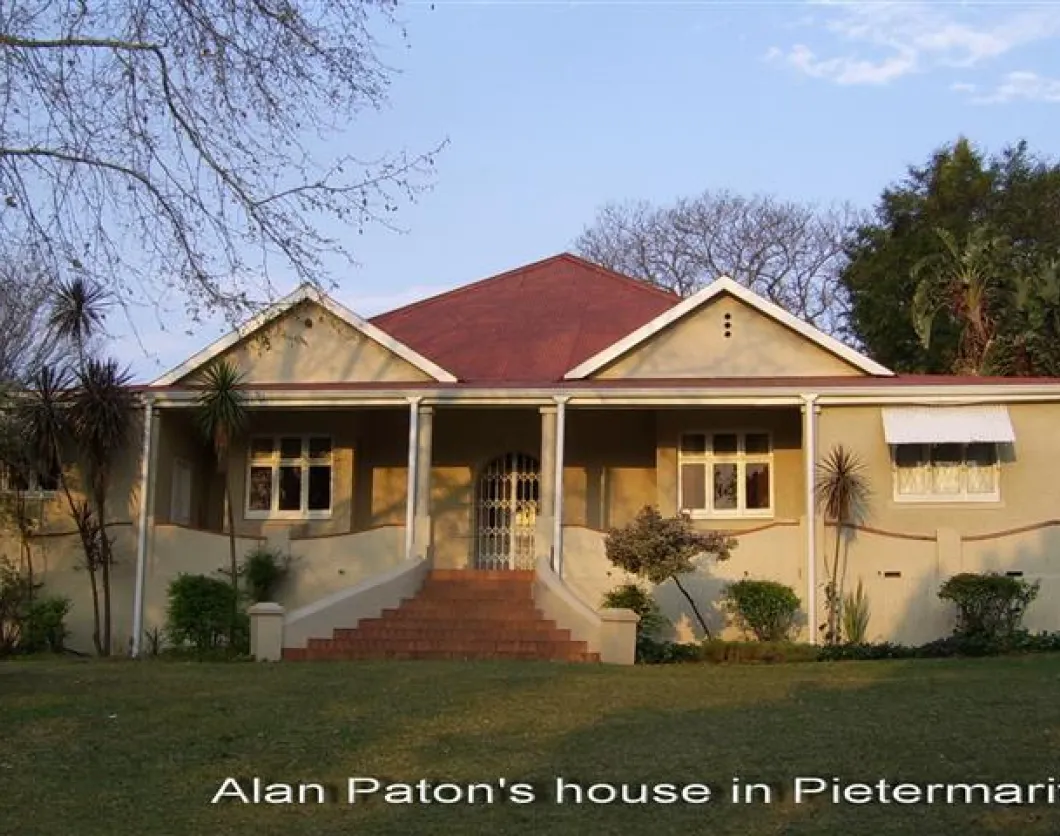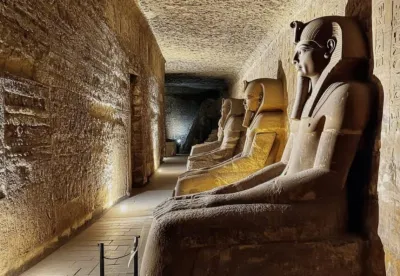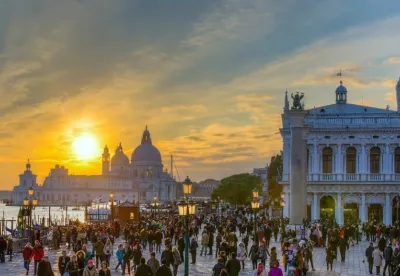Literary tourism is a new field in South Africa. Whilst in England, the interested
traveller can buy books on Hardy’s Wessex, Dickens’s London and Shakespeare’s Stratford-upon-Avon; and even go on guided walks through famous ‘literary’ places like Wordsworth’s Lake District; there is very little of the same for the South African literary fan. KwaZulu-Natal, a province on the east coast of South Africa, is particularly rich culturally speaking, offering a wide range of writers both black and white, male and female, writing in English and Zulu predominantly – Alan Paton, Roy Campbell, Lewis Nkosi, Sita Gandhi, Daphne Rooke, Credo Mutwa for instance – who are linked in some way to this place.
Some years ago, I started to think about the possibilities for literary tourism in this region. Whilst KwaZulu-Natal is not known for specifically ‘regional writing’ characterized by common threads, settings, or even ideological sameness nevertheless it struck me as a place ripe for literary tourism given its varied cultural mix of African, Indian and European influences. By exploring both its literary heritage and contemporary scene, I thought it might be possible to encourage an interest, in both visitors and locals, for more than the ‘sun, sea, Zulu dancing and game reserves’ that are the usual drawcards featured in tourist brochures. Could literary tourism be a possibility here in the same way that it has been established in England and Europe? The scale might be smaller but the driving energy would be the same: readers of South African literature might like, for example, to follow Alan Paton in Ixopo, see where Bessie Head was born in Pietermaritzburg, recreate old Zululand through Credo Mutwa’s traditional folk tales, walk through the Casbah where Aziz Hassim’s family saga is set.
Literary tourism is all about visiting places where writers spent their time and places about which they wrote. For example, who, after reading the lyrical opening sentences of Paton’s famous book Cry, the Beloved Country (1948) has not wanted to see this place in reality?
“There is a lovely road that runs from Ixopo into the hills. These hills are
grass-covered and rolling, and they are lovely beyond any singing of it.
The road climbs seven miles into them, to Carisbrooke; and from there,
if there is no mist, you look down on one of the fairest valleys of Africa.
About you there is grass and bracken and you may hear the forlorn
crying of the tithoya, one of the birds of the veld. Below you is the valley
of the Umzimkulu, on its journey from the Drakensberg to the sea; and
beyond and behind the river, great hill after great hill; and beyond and
behind them, the mountains of Ingeli and East Griqualand.”
For the tourist interested in literature, a novel as tied to place as this one cries out to have the setting visited to understand something of Paton’s intense identification with the land and its linked social problems.
With this idea in mind, the KZN Literary Tourism project started developing literary trails where literary fans could see places through the eyes of the writers. Four such literary trails that have been constructed thus far – one on Rider Haggard, one on Alan Paton, another on Grey Street Indian writers and finally one on writers linked to sites in a Durban black township called Cato Manor.
Why choose Paton and Haggard? The reason for choosing trails on Haggard and Paton is primarily the tourist potential of these two writers and their close links with particular KZN places. Paton is one of South Africa’s best known writers following his success with Cry, the Beloved Country, while Rider Haggard’s popularity in his day as a bestselling writer of exotic African romances has continued into the present – King Solomon’s Mines (1885) has never been out of print. His links to the Anglo-Zulu battlefields of Isandlwana and Rorke’s Drift – which feature in his novels The Witch’s Head; Black Heart and White Heart; and Finished – both already important sites for heritage tourism in KZN, allow for ‘spillover’ tourism. A few, disconnected efforts by tour operators to capitalise on both ‘Paton’ and ‘Haggard links’ also means there are already some existing sites which could be authentically linked together.
From stand alone writers the focus then shifted to trails in community areas where a cluster of less well known writers could be featured. The Grey Street Writers trail was the first of these with writers like Dr Goonam (Coolie Doctor), Phyllis Naidoo (Footprints in Grey Street), Aziz Hassim (The Lotus People ), and Imraan Coovadia (The Wedding) finding a voice. The Grey Street area, home to Indian traders and their families, already has a tourist presence in terms of various cultural tours which visit its markets and mosque. Both literary fans and cultural tourists have embraced this new trail with enthusiasm.
Most recently developed in 2008 is the Cato Manor writers’ trail which takes visitors to Hindu temples, market gardens, shebeens, and informal traders all of which make up this urban settlement deeply divided by race riots in the 50s and 60s. Tourists are now welcomed by locals who are also learning about their writers such as Lewis Nkosi (Mating Birds) and Ronnie Govender (At the Edge). Furthermore, by training local community guides very real steps have been taken towards the goal of responsible tourism which benefits the community.
By Lindy Stiebel










